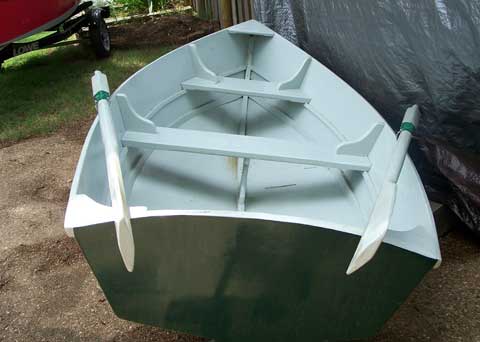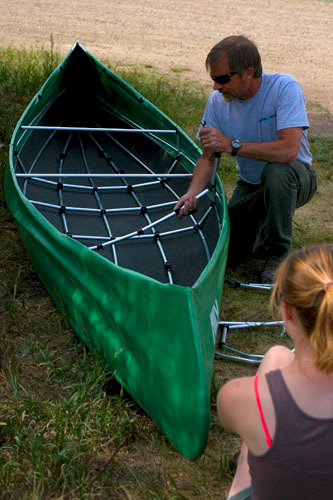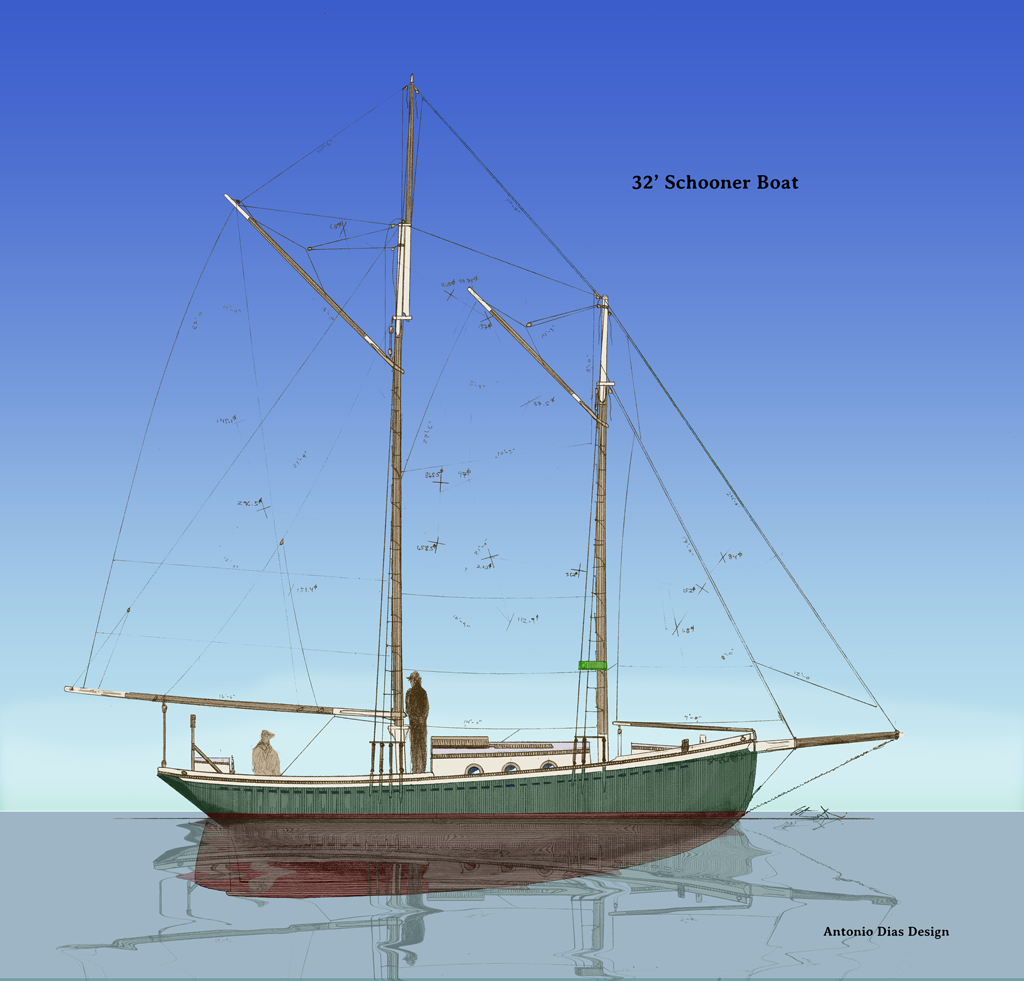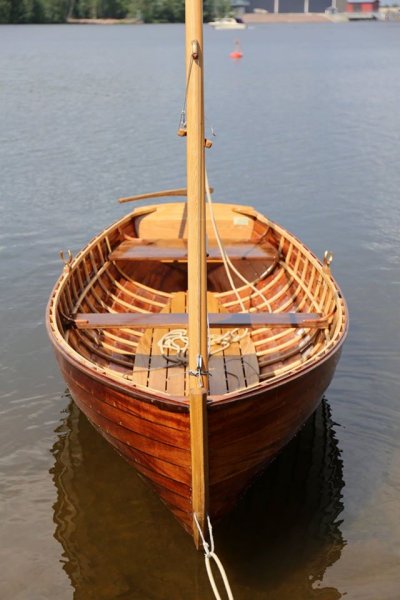The Most Affordable Wooden Boat Plans for DIY Enthusiasts
Constructing a wooden boat is a rewarding undertaking, blending craftsmanship, engineering, and a deep connection with the maritime tradition. However, the initial investment can be daunting. This comprehensive guide delves into finding the most affordable wooden boat plans available for dedicated DIY enthusiasts, outlining strategies for cost-effective construction and highlighting crucial considerations for successful project completion.
Understanding the Cost Breakdown of Wooden Boat Construction
Before embarking on the search for affordable plans, it's crucial to understand the primary cost components involved in building a wooden boat. This allows for a more informed decision-making process and helps to avoid unforeseen expenses.
Material Costs:
The most significant expenditure will invariably be the materials. This encompasses lumber (typically marine-grade plywood, cedar, or fir), fasteners (screws, nails, bolts), epoxy resin and hardener (for bonding and waterproofing), fiberglass cloth (for added strength and protection), paint or varnish, and any additional hardware (e.g., oarlocks, cleats, fittings).
Cost-Saving Strategies: Sourcing materials from reputable suppliers who offer competitive pricing is vital. Consider purchasing lumber in bulk to benefit from potential discounts. Recycling or repurposing usable materials from other projects can also significantly reduce costs. Local lumber yards often have seconds or slightly imperfect pieces available at reduced prices; these may be perfectly suitable for less visible parts of the boat.
Plan Costs:
The cost of plans varies significantly depending on the boat's complexity, size, and the reputation of the designer. Some free plans are available online, but these often lack the detailed instructions and support provided by professionally designed sets.
Cost-Saving Strategies: Explore free or low-cost plans from reputable sources. Check online forums, sailing communities, and websites dedicated to boatbuilding for potential options. Remember that free plans may require more experience and problem-solving skills.
Tool Costs:
Depending on your existing toolkit, acquiring necessary tools can represent a substantial upfront investment. Essential tools include saws (hand saws, circular saw, jigsaw), measuring tools (tape measure, squares, calipers), chisels, planes, clamps, sanders, and potentially a drill press.
Cost-Saving Strategies: Borrow tools from friends, family, or local tool libraries. Prioritize purchasing essential tools first; some tools can be substituted with simpler, less expensive alternatives, especially for smaller projects. Consider renting specialized power tools rather than purchasing them outright, if their use is limited to this project.
Time and Labor Costs:
While not a direct monetary expense, the time investment in boatbuilding should not be underestimated. The construction process can take weeks, months, or even years depending on the complexity of the boat and the builder's experience level. A realistic assessment of your available time and commitment is crucial.
Cost-Saving Strategies: Work on the boat consistently, even if only for short periods each day or week. A methodical and organized approach minimizes mistakes and rework, which saves both time and materials.
Finding Affordable Wooden Boat Plans: Sources and Considerations
Numerous resources offer wooden boat plans, each with varying levels of detail, complexity, and cost. Careful consideration of several factors is crucial in identifying the most suitable and affordable option for your skillset and budget.
Online Resources:
The internet provides a wealth of information on boatbuilding, including free and paid plans. Websites specializing in boat design often offer a range of plans categorized by boat type, size, and skill level. However, exercise caution and verify the credibility of the source before committing to a design.
Books and Publications:
Numerous books dedicated to boatbuilding include plans and detailed instructions. While the initial investment in a book may be higher than some online resources, they often provide comprehensive information and visual aids beneficial to beginners. Used bookstores can be a cost-effective option.
Boatbuilding Associations and Clubs:
Local boatbuilding associations and clubs often have access to plan collections and offer valuable advice and support to members. Networking within these communities can provide access to affordable or even free plans, as well as assistance with the construction process.
Types of Affordable Wooden Boat Designs
Certain boat designs are inherently more affordable to build than others due to their simpler construction methods and lower material requirements.
Small Rowboats and Dinghies:
These small, simple craft are ideal for beginners. Their relatively small size translates to lower material costs and a shorter construction time. Many free or inexpensive plans are available for these types of boats.
Simple Sailing Boats:
While slightly more complex than rowboats, simple sailing dinghies or small sailboats can still represent a relatively affordable option. Focus on designs with uncomplicated hulls and rigging systems to keep costs down.
Flat-bottomed Boats:
Flat-bottomed boats are typically easier to construct than those with curved hulls, requiring less shaping and finishing work. This simplifies the process and can reduce both time and material costs.
Choosing the Right Plans: Factors to Consider
Selecting the appropriate boat plans is critical for a successful project. Several factors should be carefully evaluated:
Skill Level:
Choose plans that match your existing woodworking skills. Attempting a complex design with limited experience is likely to result in frustration and increased costs due to mistakes and rework.
Available Resources:
Assess your available tools, workshop space, and time commitment before selecting plans. Ensure you have the necessary resources to complete the project efficiently and effectively.
Boat Usage:
Consider how you intend to use the boat. The chosen design should meet your specific needs in terms of size, stability, and performance.
Material Availability:
Research the types of lumber and other materials required by the plans and ensure their availability in your local area at a reasonable price.
Building a wooden boat is a challenging yet immensely gratifying endeavor. By carefully planning and prioritizing cost-effective strategies, dedicated DIY enthusiasts can successfully construct a beautiful and functional boat without breaking the bank. Remember that the process is as rewarding as the final product, and the satisfaction derived from creating something with your own hands is invaluable.


















